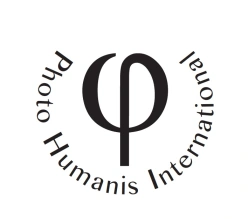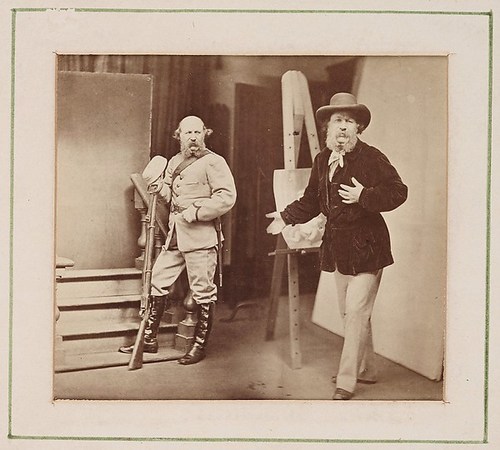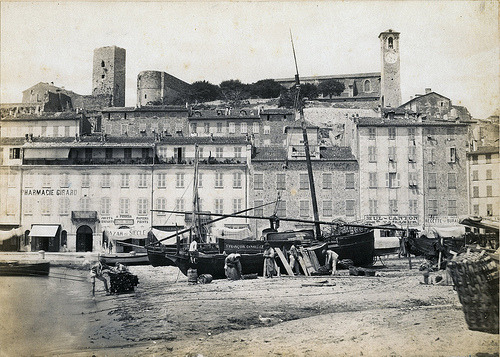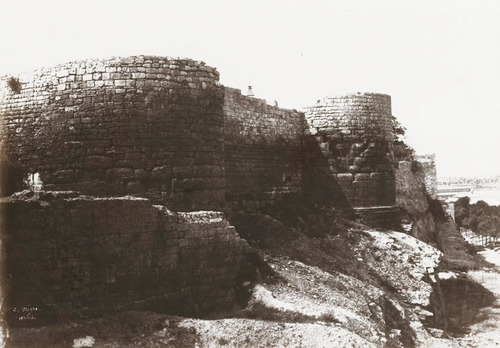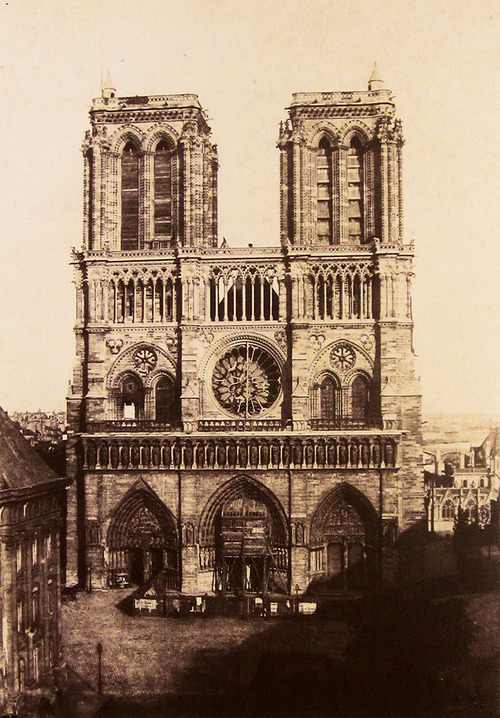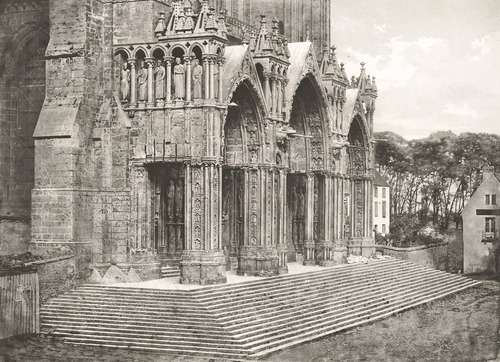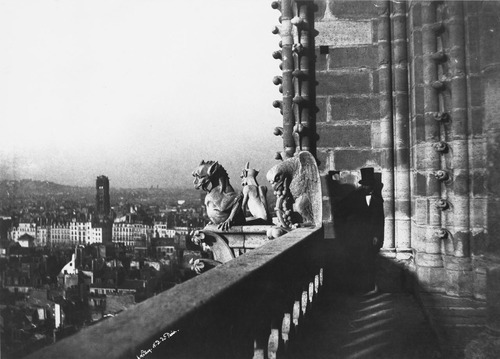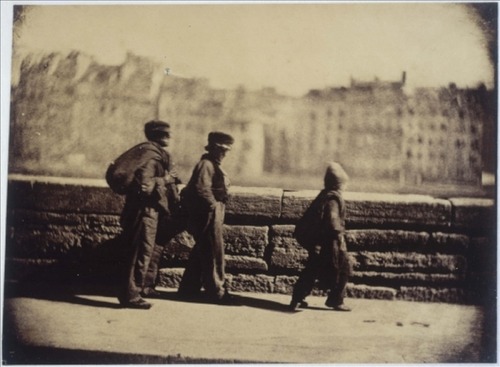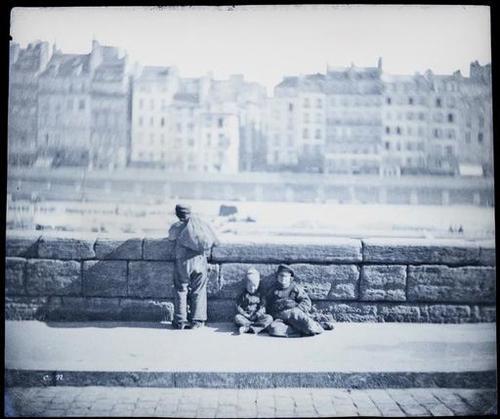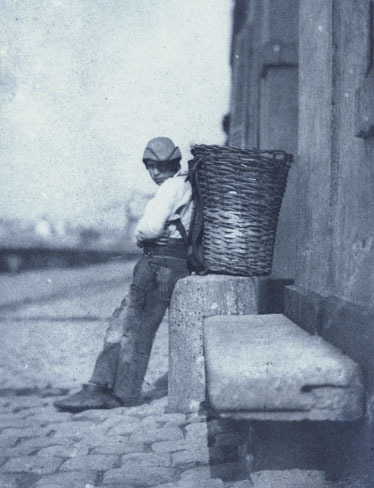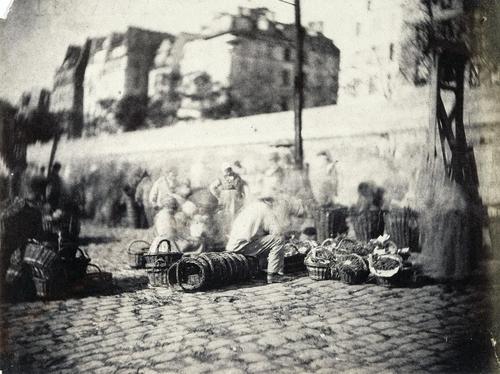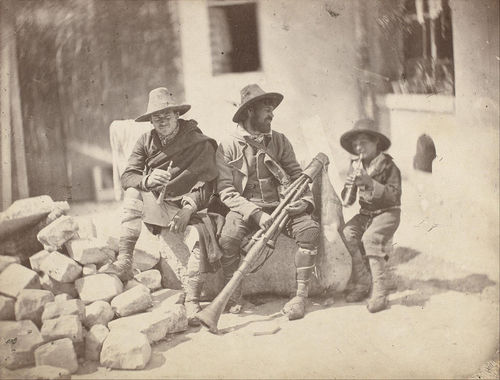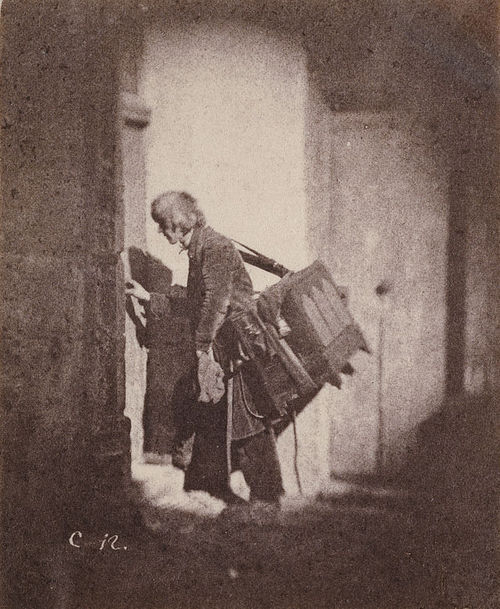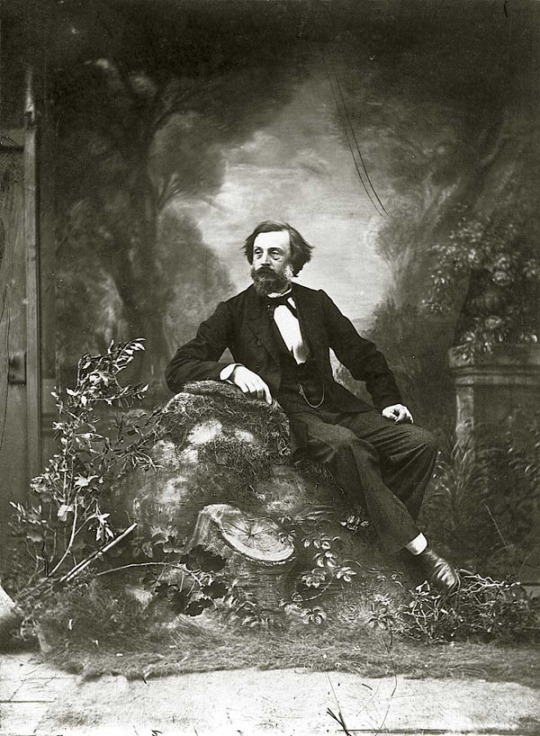
The Two ways of life, 1857, épreuve au charbon d’après épreuves papier
albuminé originale, 40,5×78 cm, Bradford, National Media Museum, Royal
Photograhpic Society Collection.
If we had to chose only one image to illustrate thebeginning of photography in the artistic world it would certainly bethis one.
Photography is used by numerous artists since its
apparition but is perceived as tool for inspiration more than as an
artistic realisation. Photography allows to represent an image very
similar to reality and can be used by the painter to create a
masterpiece.
Some artists find in photography a tool, like a
paintbrush, allowing to create an artistic work. The recognition of
this medium as a possible support for artistic expression will become
a struggle that continues today. Refused in art expositions,
photography is first presented to the public only as a result of a
technical progress.
With The two ways of life, O.G.
Rejlander proves through practice, that photography can be used
directly as a way of expressing the artist imagination. This work of
art proves that photography can be used to represent with great
precision the reality as well as the «imaginary».
Through this allegory, O.G. Rejlander depicts the
foils (frivolity, prostitution, gaming) and virtues (the man of
science, the devoted women, and the one reading) of society. It’s a
critic of idleness and a valorisation of expected behaviours in the
Victorian society.
This photographic « tableau »
questions the contemporary artists of O.G. Rejlander in many aspects
that we will mention below.
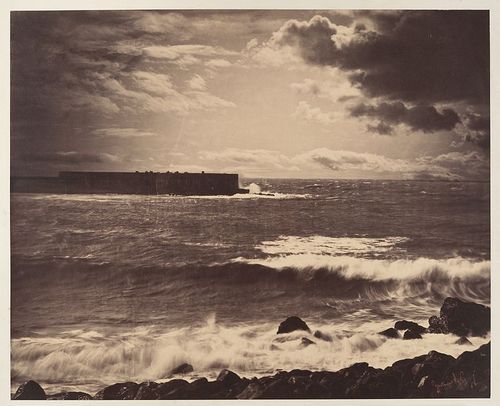
La
Grande Vague, Sète, photographie de Gustave Le Gray, 1857, Tirage sur
papier albuminé d’après deux négatifs sur verre au collodion, 357 x
419 mm, Paris, Bibliothèque nationale de France, Département des
Estampes et de la photographie.
The technique used in this photography is questioned
by O.G. Rejlanders contemporaries. The reaction of some of them
proves that they didn’t understood that in order to realise this
masterpiece, the photograph didn’t gathered and displayed all the
characters (among which we can find naked women) at the same time. To
create The two ways of life,
O.G. Rejlander used 30 photographies and spent more than 6 weeks
taking and assembling every cliché shaping this composition.
The photograph uses
to its extreme the technique of assembling slides. But already before
him, other artists like Gustave Le Gray, used similar, but less
ambitious, compositions.
In The
great wave, Sète, Le Gray uses
this process in order to have an homogeneous exposition in the
photography. He takes two pictures, one with a posing time
sufficiently short to reproduce the clearest details of the sky and
the other with a longest one to capture the details of the darker see
and rocks. Le Gray will take an impotant amount of photographies
using this technique.
The choice of O.G. Rejlander of collage is justified
by several reasons. This technique solves the problem of sharpness in
different plans and allows a rich and complex composition as
presented in The two ways of life.
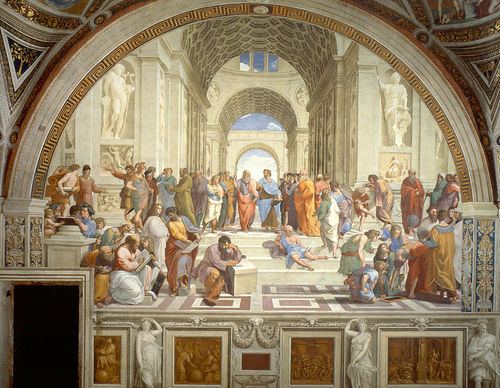
In order to consider the photographic medium as an
artistic one O.G. Rejlander doesn’t chose his subject randomly. The
two ways of life, original for
the technic used, contains the theme of the Athens school,
of Raphaël. We find the two main characters holding hands and a
cohort of busy or idle individuals.
The choice can be explained in two ways. The
intention of O.G. Rejlander is to represent both decay and the
industry of his city. This two behaviours are in contradiction as the
groups of individuals represented. The choice can also be explained
by the desire of presenting the photographic medium as an artistic
one. Showing that it is possible to create as complex and evocative
work as the italian painters of the Renaissance,
O.G. Rejlander manages to convince about the artistic potential of
photography.

One of the photographies used for the realisation of “The two ways of life”
The Two Ways of Life also
questions the use of nudity in photography. If nudity in paintings is
admitted, nudity in photography causes scandal. Realism and detail of
photography reflects exactly the reality of the bodies. This realism
and detail shocked a segment of the victorian society in that time.
The controversy is soothed when Queen Victoria buys
for Prince Albert a copy of The two ways of life.
But it appears again when Scottish Society refuses to exhibit the
work in an exposition in Edinburgh.
Thomas Sutton, photographic editor of The News
and responsible of the exposition, justifies this reject by the
necessity to preserve the dignity of the women portrayed. In fact,
O.G. Rejlander affirms that the models are actresses and actors, when
other argue that they are prostitutes. Nevertheless, the fact that
the artist lied or not about this isn’t taken into account in Thomas
Sutton argumentation. It is the nudity and the carnal representation
that justifies the rejection of this work.
Furthermore, the argument about the social background
of the models, is not raised when it comes to painting. As a matter
of fact, it happens that painters ask photographers for nude
photographies as models for their paintings. Here are two examples :

Nu
féminin assis sur un divan, la tête soutenue par un bras par Eugène
Durieu, papier salé verni d’après négatif papier, 14 x 9,5 cm,
Bibliothèque nationale de France, Département des Estampes et de la
Photographie.
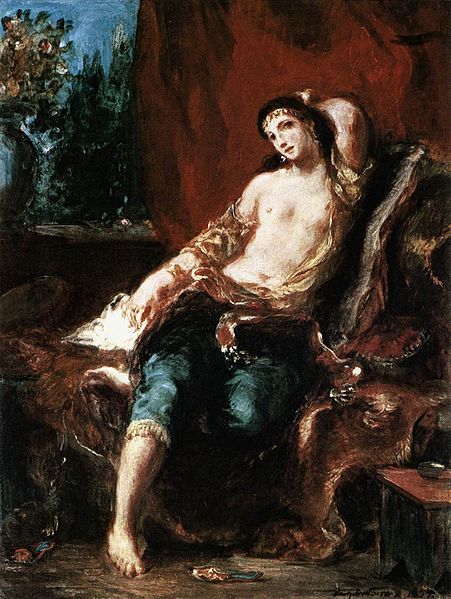
Odalisque,1857, par Eugène Delacroix, huile sur panneau de bois, Collection privée.
